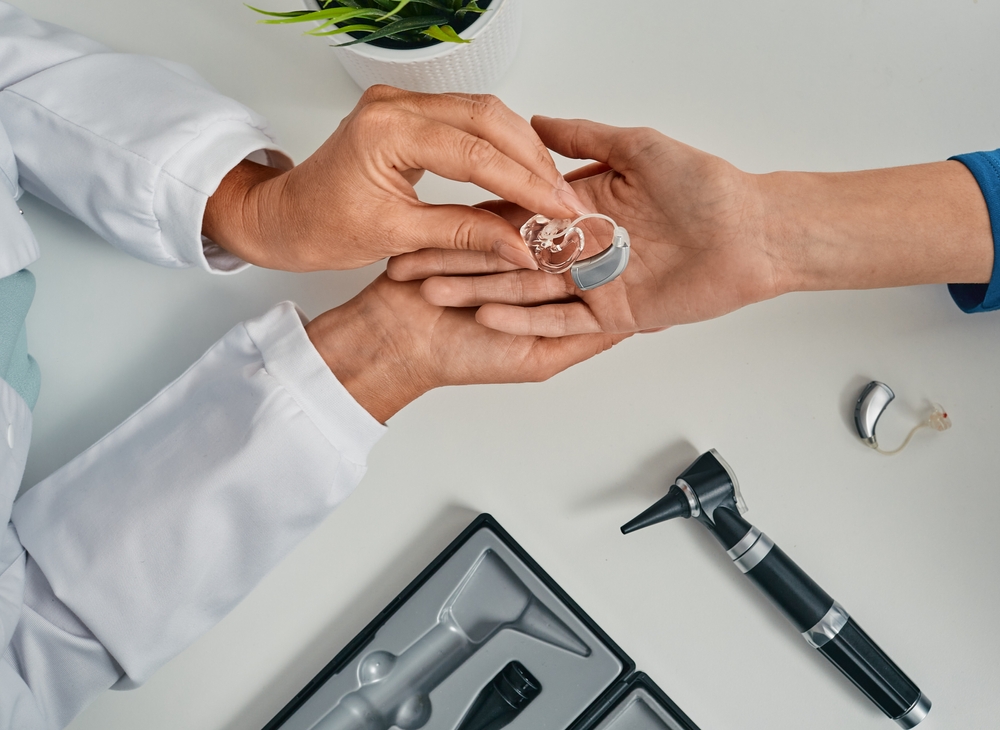
Hearing aids perform a crucial role in improving sound clarity and enriching daily communication. To keep them performing at their best, routine maintenance and professional cleanings are crucial. Over time, earwax, moisture, and debris can accumulate, leading to reduced performance. Identifying when to find professional cleaning can help extend the longevity of your hearing aids and maintain optimal performance.
Why it’s valuable to have your hearing aids professionally cleaned
Even with regular at-home care, hearing aids gradually collect accumulation that might affect sound quality and performance. Professional routine maintenance provides several key benefits:
- Deep Cleaning– Removes earwax, filth, and moisture that day-to-day cleaning tools might not successfully remove.
- Enhanced efficiency – Gets rid of blockages that might result in muted audio or distortion.
- Improved Longevity – Helps to avoid early deterioration, thereby reducing the need for repairs or replacements.
Regular skilled cleanings keep your hearing aids working effectively, minimizing the chance of unforeseen malfunctions.
Indications your hearing aids need professional servicing
Not certain if your device is due for a deep clean by a pro? Keep an eye out for these obvious signs that it’s time to contact the experts:
- Unclear or Jumbled Audio: If voices and background noises seem faint, muffled, or altered, the problem might be caused by obstructions, including earwax or debris, obstructing the device’s microphone or speaker.
- Continuous Feedback or Screeching: A squealing noise at a high frequency (feedback) could suggest a blockage from earwax or a poorly device. A professional cleaning can help eliminate obstructions and fine-tune the fit.
- Troubleshooting Volume Problems: When volume changes fail to produce the anticipated result, it might be necessary to perform maintenance on internal parts or recalibrate the system’s software configurations.
- High humidity can impact the device’s internal components, causing random audio interruptions or faulty button control. A professional repair professional can evaluate and address any moisture-related issues.
- Visible Wax or Gunk Build-up: If you see a substantial buildup of wax or debris on your hearing aids, professional cleaning ensures a more thorough clearing than at-home care.
- Implement specialized tools to meticulously remove wax, debris, and moisture from sensitive elements without causing harm.
- Confirm the proper performance by inspecting and fixing any broken components.
- Examine both software and hardware to pinpoint any performance issues that might be affecting the sound quality.
- Switch out deteriorated filters or tubing that may be impede device performance.
- Every 3 to 6 months for standard maintenance.
- More frequent cleanings are suggested for people prone to excessive earwax buildup or those living in humid environments.
- As soon as issues emerge, dealing with modest issues early can avoid costly repairs.
What does a professional hearing aid cleaning look like?
A professional cleaning appointment goes past routine upkeep and ensures your devices function optimally. Here a few things your hearing specialist will accomplish during a cleaning:
How often should you schedule professional maintenance?
The need for professional cleanings varies based on factors such as how much earwax is generated, the levels of humidity, and how the device is typically used. Basic suggestions include:
Keep your hearing aids in great condition
To keep your hearing aids functioning optimally and providing crisp, clear audio, it’s essential to schedule routine exams and maintenance with a hearing care professional.
If you’re experiencing muffled audio, feedback, or functionality issues, it might be time to set up a professional cleaning.
Set up an appointment for your hearing aid cleaning and maintenance now.